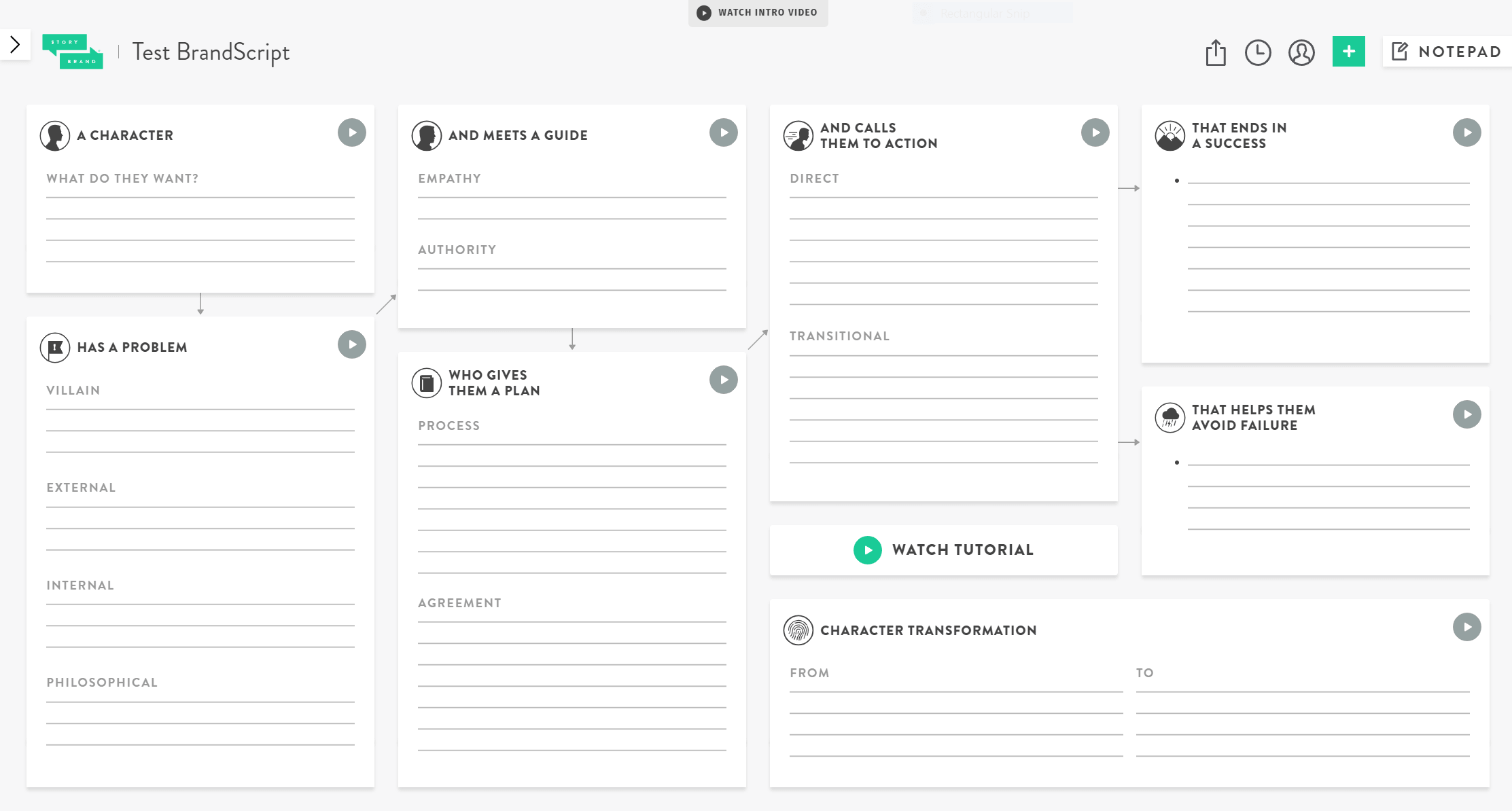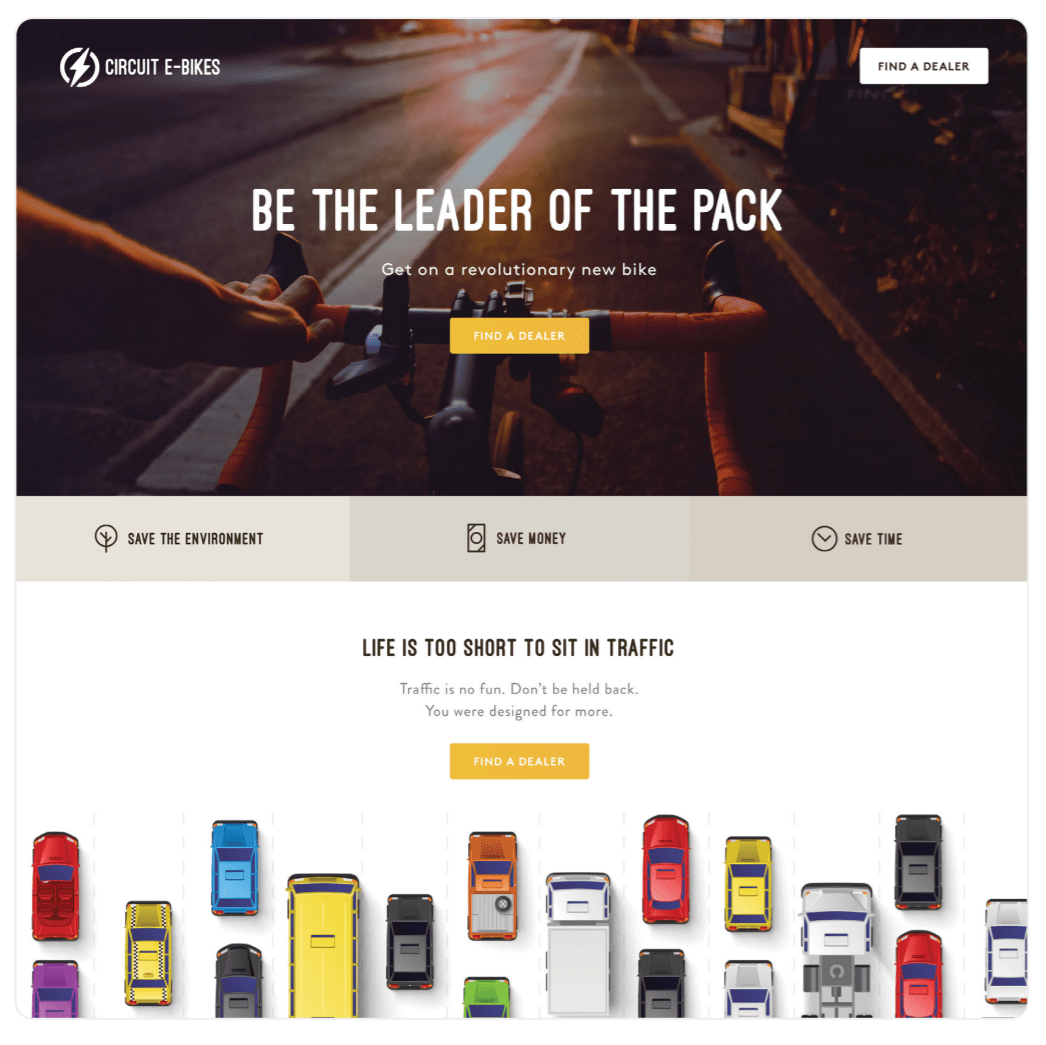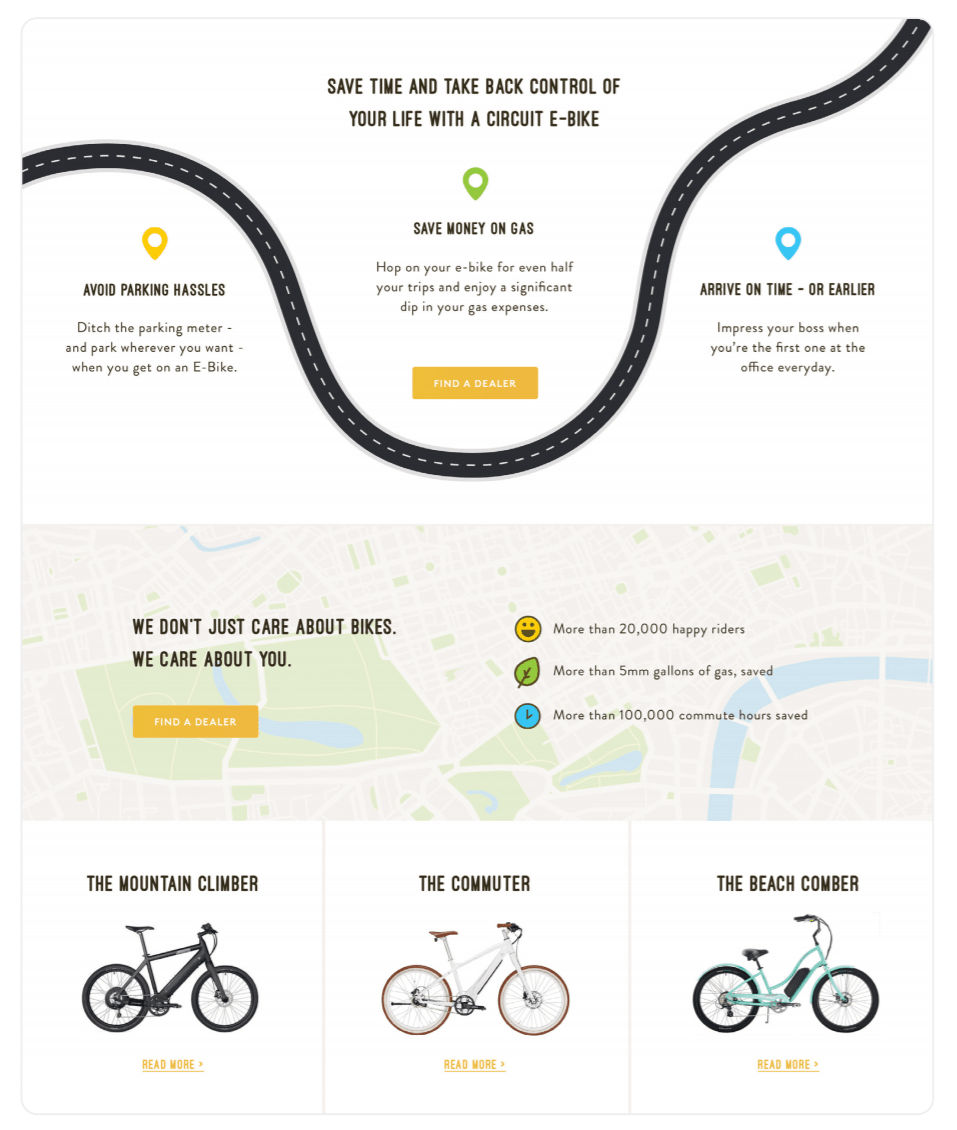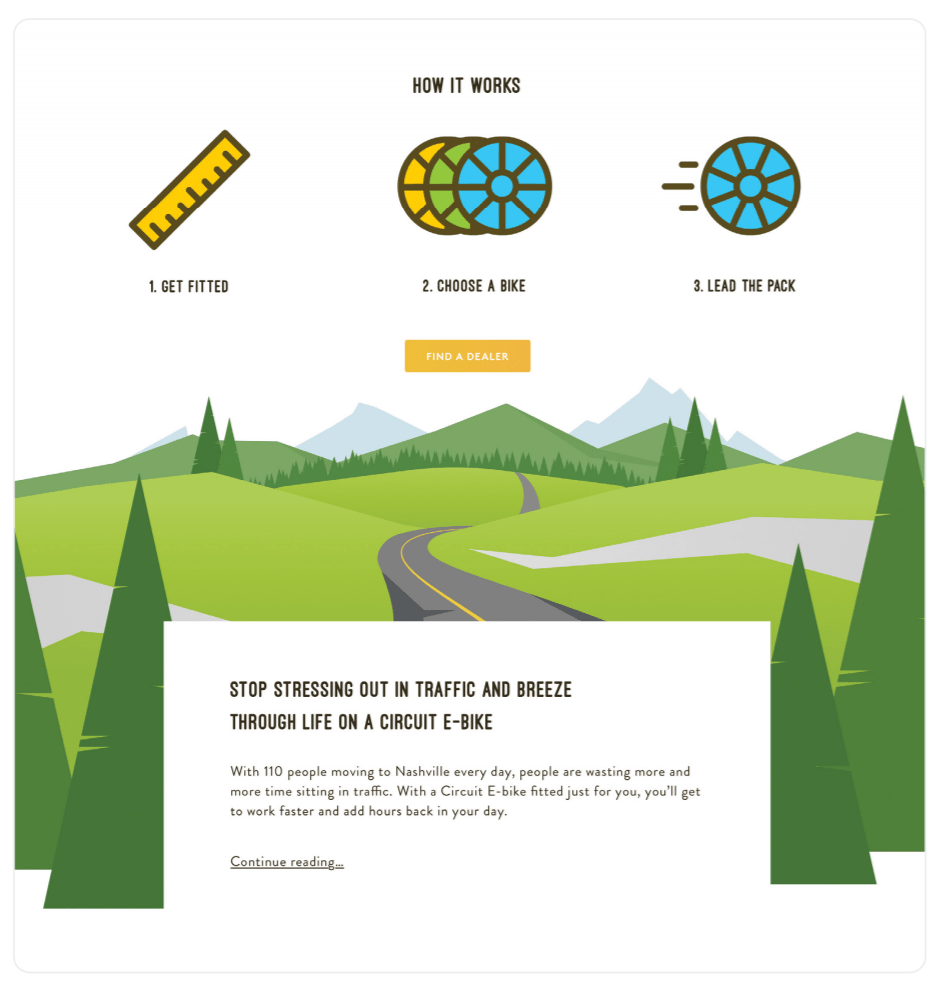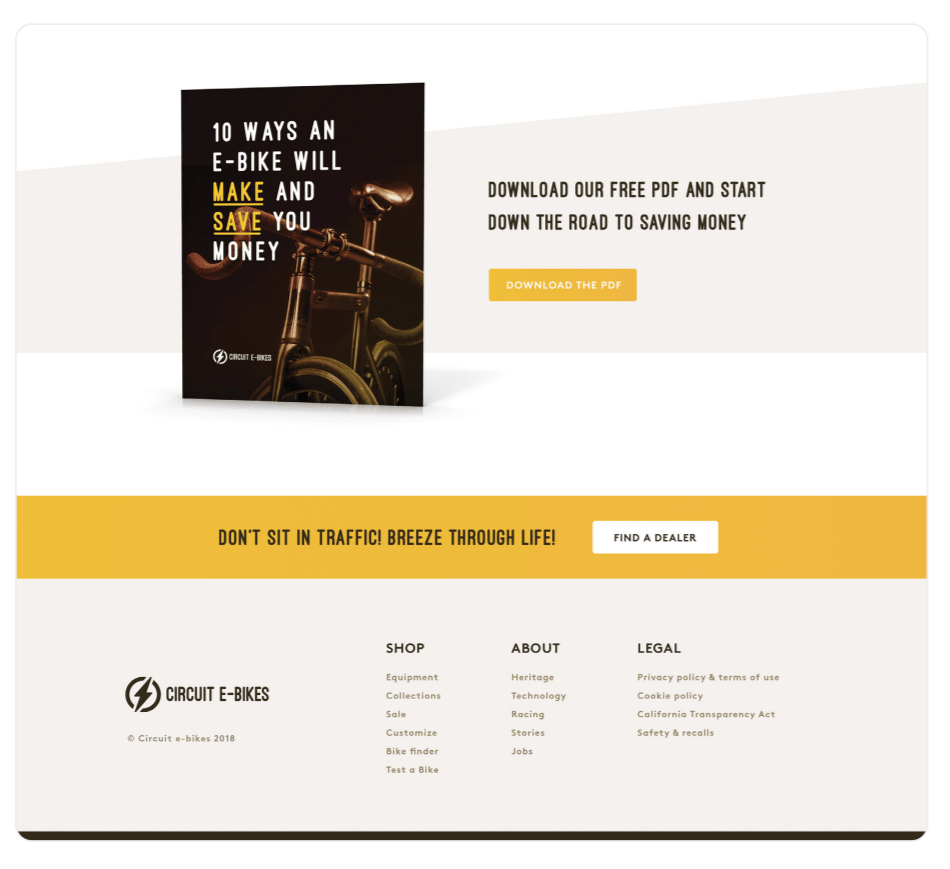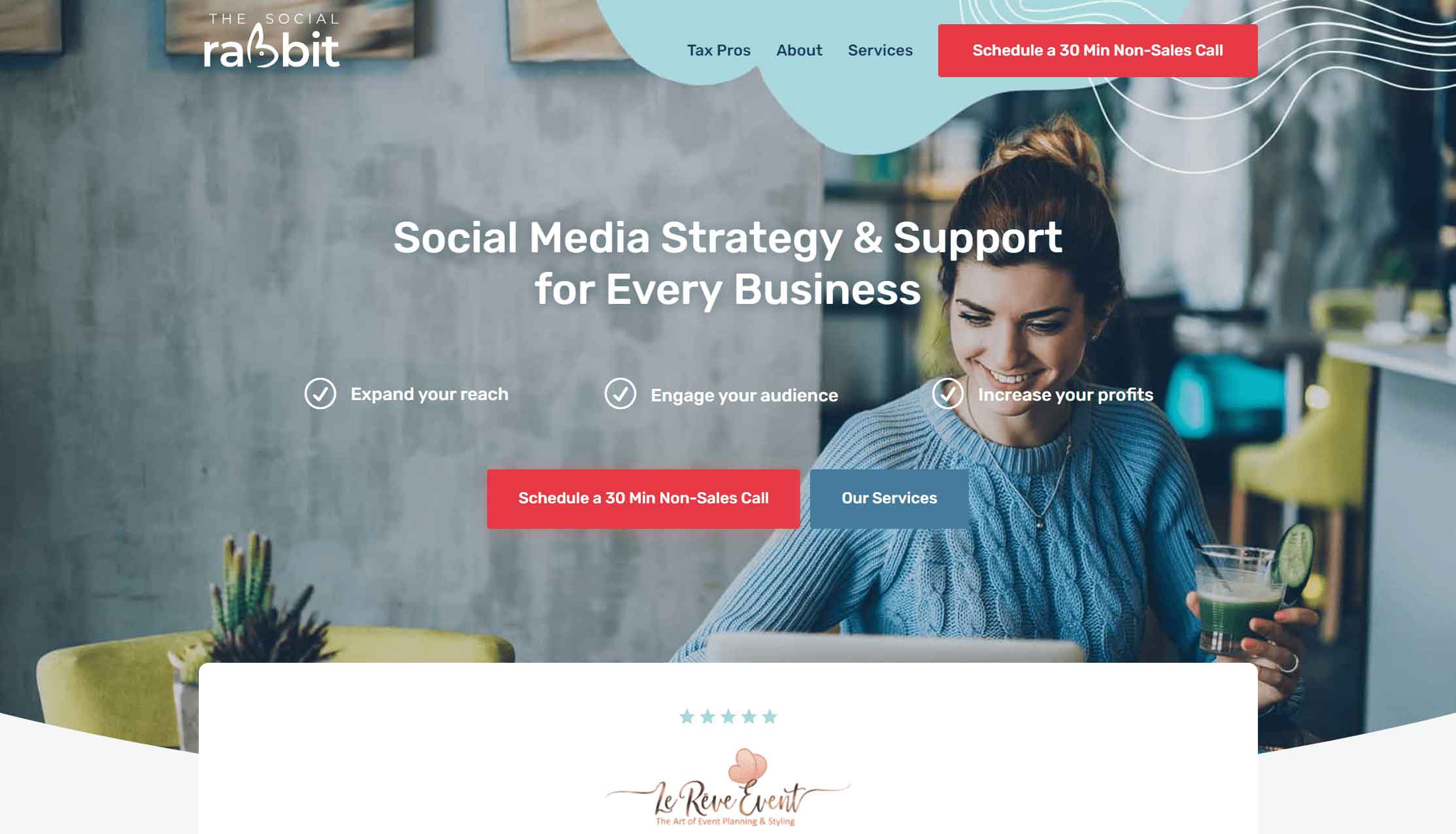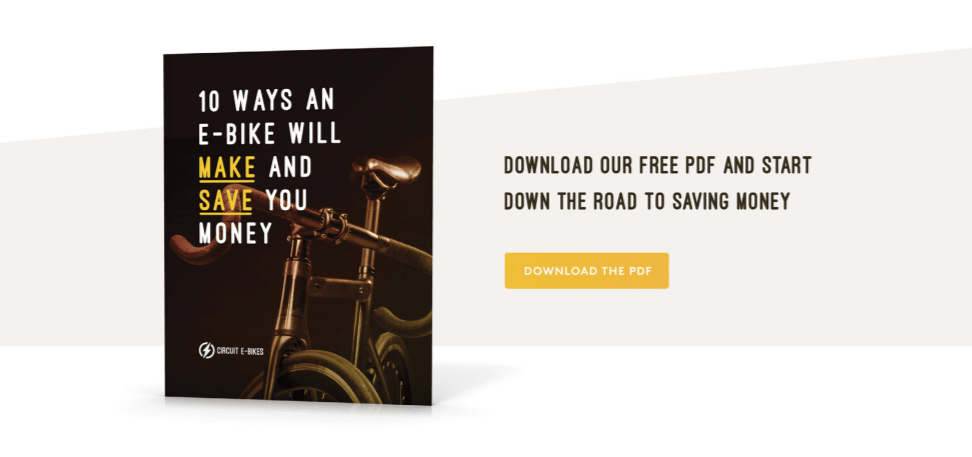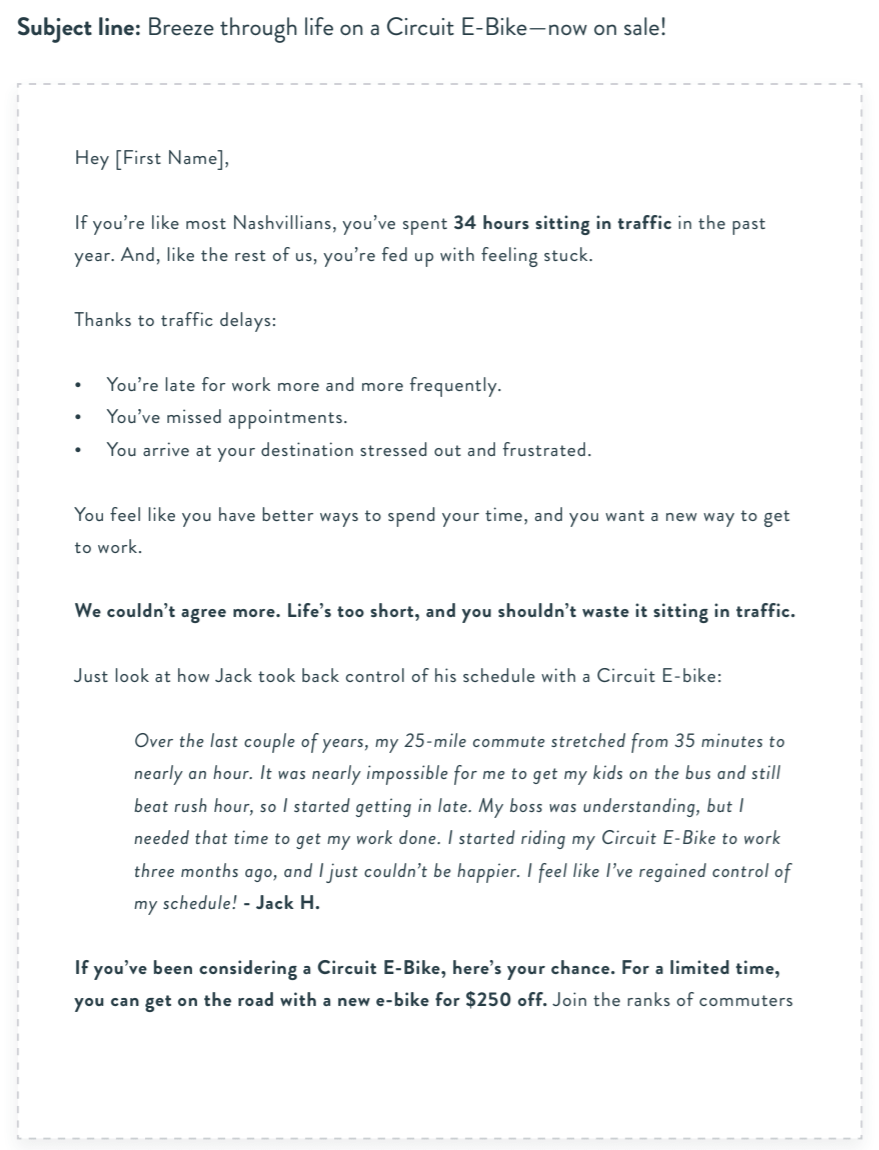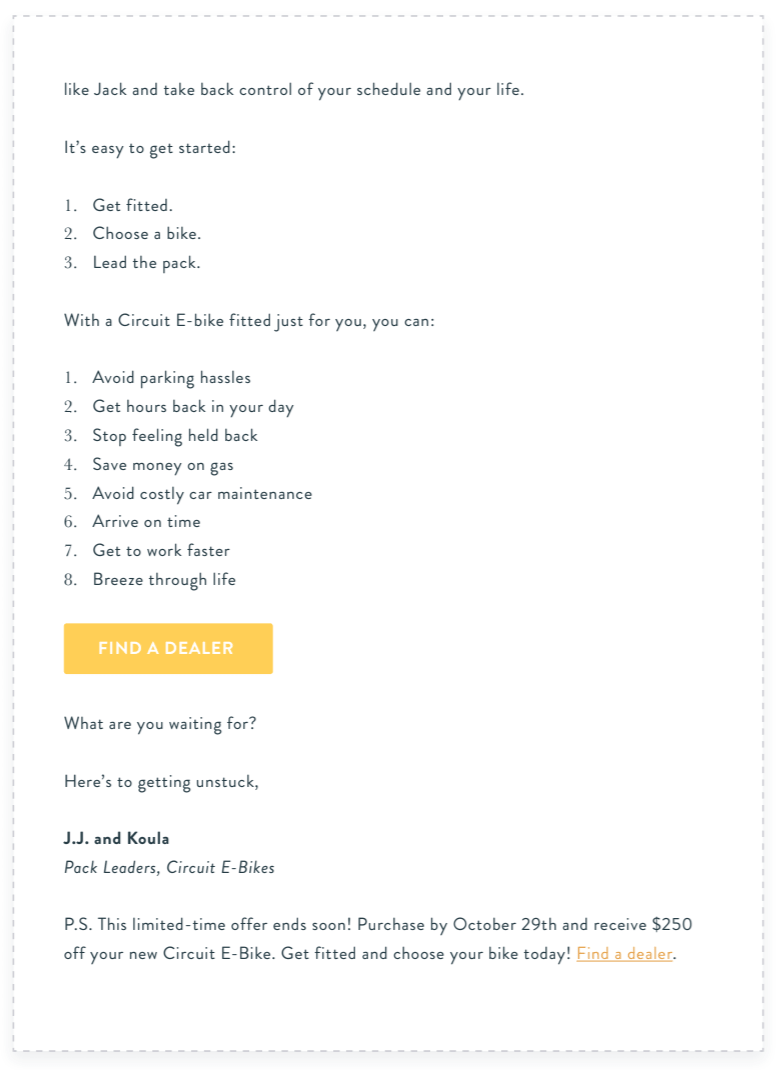StoryBrand Marketing:
Everything You Need To Know
When Donald Miller released Building a StoryBrand in 2017, there were two types of people that read the book.
There were the skeptics who have seen frameworks like this before and scoffed at the idea of an all-inclusive marketing method.
And then some read the book and couldn’t get enough of Donald Miller’s teaching.
This post is for that latter group.
If you’re looking to know everything you can about StoryBrand marketing, then this guide is for you.
In this post, we will share the basic principles of StoryBrand marketing, which you can use in any aspect of your marketing.
Then we will share about the three pillars of StoryBrand marketing: the BrandScript, the website, and the sales funnel.
Finally, we will share some often-asked questions about StoryBrand marketing and our answers to those questions.
Also, feel free to reach out to us via Twitter with your StoryBrand marketing questions. We’re always eager to engage in a StoryBrand conversation!
Read on to know everything you can about StoryBrand marketing.
The Principles of StoryBrand Marketing
While we might be familiar with the seven aspects of the SB7 framework (i.e. Hero, Guide, CTA, etc.), Donald Miller built these seven aspects on seven principles.
The seven StoryBrand principles are as follows:
- The customer is the hero, not your brand.
- Companies tend to sell solutions to external problems, but customers buy solutions to internal problems.
- Customers aren’t looking for another hero; they’re looking for a guide.
- Customers trust a guide who has a plan.
- Customers do not act unless you challenge them to act.
- Every human being is trying to avoid a tragic ending.
- Never assume people understand how your brand can change their lives. Tell them.
As you can tell, each of these principles relates to a different aspect of the SB7 framework. However, they are valuable in and of themselves.
You can apply these principles to any type of marketing campaign that you launch (a website, an ad campaign, a direct sales campaign). You can even apply them to aspects of your organization if you want to.
When you’re designing marketing materials or about to launch a new campaign, run your messaging and your creative through these seven principles. This is how you can apply StoryBrand marketing to aspects of your marketing not covered in the book.
For a deeper look into the principles of StoryBrand marketing, check out our blog post where we expound on the principles a bit more.
Once you have a firm grasp of the StoryBrand marketing principles, then it’s time to work with your BrandScript.
StoryBrand Marketing and the BrandScript
For those unfamiliar with the BrandScript, you can create a free one at MyStoryBrand.com and tinker around with it.
The BrandScript is your brand story laid out on paper. Or, as some would argue, it is your ideal customer’s brand story laid out on paper.
Regardless if it’s your brand’s story or your customer’s brand story, the BrandScript will help you to finetune your messaging so customers begin to listen to your brand and engage with it.
The BrandScript looks like this:
You’ll notice that there are eight modules to fill in. We’ll address that in a bit.
The seven modules that you need to focus on right now are:
- Character
- Problem
- Guide
- Plan
- Call-To-Action
- Success
- Failure
To make sure your messaging, wherever it might be, is in-line with the StoryBrand marketing methodology, you’ll want to go through each of these sections and answer the questions in the modules.
Doing so will make certain your message is succinct, cohesive, and compelling.
The final module, the Transformation module, is how you want customers to feel after using your product or service.
Do you want them to go from sad to happy? Unconfident to confident? Insecure about their finances to secure? It’s up to you and your brand.
Thinking and answering these questions is the key to brand positioning, and that is another benefit of filling out the BrandScript.
Once you have a handle on the BrandScript, then it’s time to apply the StoryBrand marketing principles to your website.
StoryBrand Marketing and your Website
When it comes to StoryBrand marketing and your website, there are a handful of aspects that you’ll want to design.
Those aspects are:
- The Header/Hero
- The Stakes
- The Value Proposition
- The Guide
- The Plan
- Explanatory Paragraph
- Video
- Price Choices
- Lead Generator
- Junk Drawer
When put together on a website, it should look something like this:
As you can see in this example, each StoryBrand section is clear and compelling. You don’t even need to wireframe your website in this exact order.
Think of each section as a content block that you can move around on the page. If you want your Value Proposition to be before your Stakes section, then go for it! There is no right order. But it’s wise to include each section of the marketing framework.
Sometimes, when it comes to StoryBrand marketing on a website, it’s best to show rather than tell.
Below are three StoryBrand websites that exemplify the marketing framework quite nicely.
As you can see in this example, each StoryBrand section is clear and compelling. You don’t even need to wireframe your website in this exact order.
Think of each section as a content block that you can move around on the page. If you want your Value Proposition to be before your Stakes section, then go for it! There is no right order. But it’s wise to include each section of the marketing framework.
Sometimes, when it comes to StoryBrand marketing on a website, it’s best to show rather than tell.
Below are three StoryBrand websites that exemplify the marketing framework quite nicely.
We also have a free PDF with some of our hand-picked, favorite StoryBrand websites that you download.
Download our free PDF that will walk you through how to design a StoryBranded website.
Once you have your website setup and in-line with the StoryBrand marketing framework, then it’s time to create your sales funnel – another crucial piece of StoryBrand marketing.
StoryBrand Marketing and the Sales Funnel
With your two most critical marketing assets complete – your BrandScript and your website – you now need to turn your attention toward how you convert the prospects that engage with your messages and go to your website.
You can accomplish this by setting up a StoryBranded sales funnel.
Your StoryBrand sales funnel consists of three things:
- A Lead Generator
- An Email Sequence
- A Sales Letter
Below is an overview of each of those three items.
Lead Generator
Your Lead Generator is a piece of content that entices a prospect to download. The content can be anything you believe a prospect will find valuable. StoryBrand recommends a PDF as these are valuable and easy to create.
Your Lead Generator might look something like this:
You’ve probably seen these on websites before, so you get the idea.
The point of the Lead Generator is to create something a prospect would find valuable and thus trade their email address for it.
That’s it.
Once the prospect downloads the Lead Generator, they’re then ushered into an automated email sequence – the next step in our StoryBrand funnel.
Email Sequence
You can create an email sequence using an email marketing service provider like Mailchimp, Active Campaign, or Constant Contact.
Once you’ve registered with an email marketing service provider, it’s time to write, design, and deploy emails to your prospects.
StoryBrand recommends six basic emails:
- Delivery of asset
- Problem and Solution
- Testimonial
- Overcome an Objection
- Paradigm Shift
- Sales Letter
The “Delivery of asset” email is where a prospect receives the Lead Generator they requested. The other five emails might make you scratch your head a bit.
For a full breakdown of these five types of emails, read our blog on StoryBrand email marketing.
The final piece of the funnel is a sales letter/email.
Sales Letter
The Sales Letter is the final email in the sequence, and it’s meant to close the deal.
Your Sales Letter should follow this formula and may look something like this:
The point of this email again is to convert a prospect into a paying customer. So, don’t be shy about asking for the sale and including a few CTAs.
It’s also wise to include many of the earlier email aspects in the Sales Letter (i.e. testimonials, answers to objections, etc.)
With your Sales Letter complete and your sequence deployed you have mastered the big concepts of StoryBrand marketing.
Below are some further questions and answers about StoryBrand marketing.
StoryBrand Marketing FAQs
If you have a question that we don’t answer in this FAQ, please send us an email, or reach out to us on Twitter with your question. We’ll be sure to answer it promptly and add it to this guide.
Who is StoryBrand Marketing for?
StoryBrand marketing is for anyone that wants to put the customer at the center of their marketing messages.
More than likely, this would be a CEO, business owner, or marketing director.
So, if you oversee a large organization, run a small business, or in charge of the marketing for a business, StoryBrand marketing is meant for you.
What is StoryBrand Marketing?
While many would say that StoryBrand marketing is the components of the SB7 framework, we would disagree.
Donald Miller comprises StoryBrand marketing based on seven principles that you can apply to any aspect of your marketing.
Those seven principles are:
- The customer is the hero, not your brand.
- Companies tend to sell solutions to external problems, but customers buy solutions to internal problems.
- Customers aren’t looking for another hero; they’re looking for a guide.
- Customers trust a guide who has a plan.
- Customers do not act unless you challenge them to act.
- Every human being is trying to avoid a tragic ending.
- Never assume people understand how your brand can change their lives. Tell them.
Where can I learn StoryBrand Marketing?
There are quite a few places where you can learn about StoryBrand marketing!
The two books written on the subject are and one upcoming book:
- Building a StoryBrand by Donald Miller
- Marketing Made Simple by Donald Miller and Dr. J.J. Peterson
- Business Made Simple by Donald Miller
These books are a great introduction to StoryBrand marketing. We would also recommend the StoryBrand marketing workshop that the company hosts every few months or a private workshop for your team.
If you’re looking to dive deeper into StoryBrand marketing, you take several courses at Business Made Simple University.
BMSU’s current course offerings include:
- Mission Statement Made Simple
- Marketing Made Simple
- StoryBrand Messaging Framework
- Enneagram Made Simple
- Proposals Made Simple
- Communication Made Simple
- Hero On A Mission
If you’re looking to become ingrained in StoryBrand marketing, we highly recommend signing up for Business Made Simple University and taking a few courses.
The final place that we’d recommend learning more about StoryBrand marketing is the Agency Boon blog.
We share StoryBrand content and news every week.
Here are some of our latest StoryBrand blog posts:
- Donald Miller, Coronavirus, and the StoryBrand Online Marketing Workshop
- A Look at Marketing Made Simple by StoryBrand
- The StoryBrand 5 Minute Marketing Makeover
- The StoryBrand Marketing Checklist
- What is StoryBrand Marketing?
When is the best time to get involved in StoryBrand Marketing?
If you own a business or are in charge of marketing for a business, the best time to get involved is right away! Chances are you will have to make quite a few adjustments to your marketing materials.
If you are about to start a business, the best time to get involved is right away! This will save you time amending marketing materials and messaging down the road.
Why is StoryBrand Marketing valuable?
StoryBrand marketing is valuable because it places the customer at the center of your brand’s story, as opposed to your brand being at the center of the story.
People have short attention spans and want to know what’s in it for them. StoryBrand marketing takes advantage of those two customer mindsets.
In short, StoryBrand marketing is valuable because it works.
In Summary
If you’ve read through this whole guide, congratulations!
We are honored that you trust us as a source of authority on StoryBrand marketing.
In this post, we covered the seven principles that make up StoryBrand marketing.
We also covered the three pillars of StoryBrand marketing that every business owner or marketer should master: the BrandScript, the website, and the sales funnel.
Finally, we answered some of the most frequent questions about StoryBrand marketing.
If you have something to add that we missed or a specific question about StoryBrand marketing, please reach out to us via email or on Twitter.
May your thirst for StoryBrand marketing be quenched.

